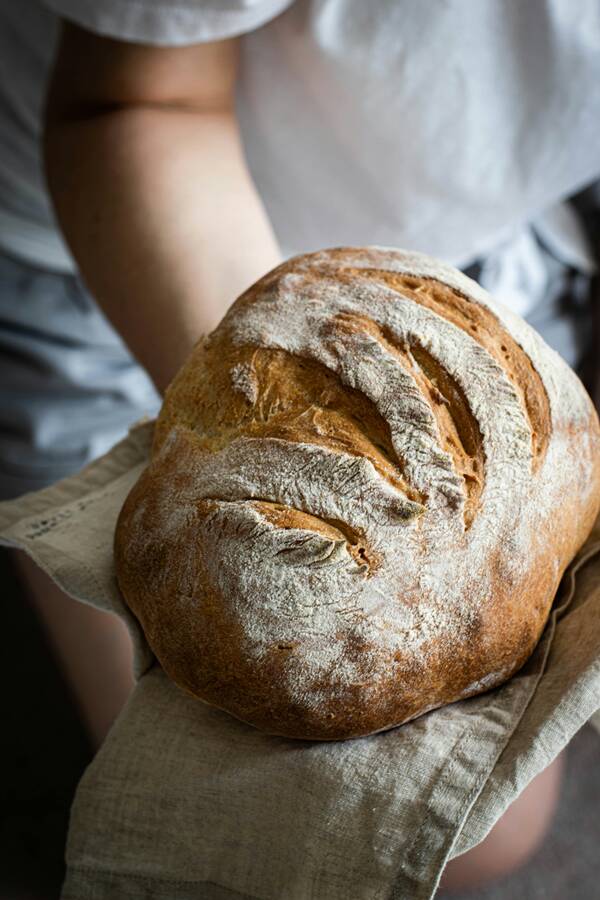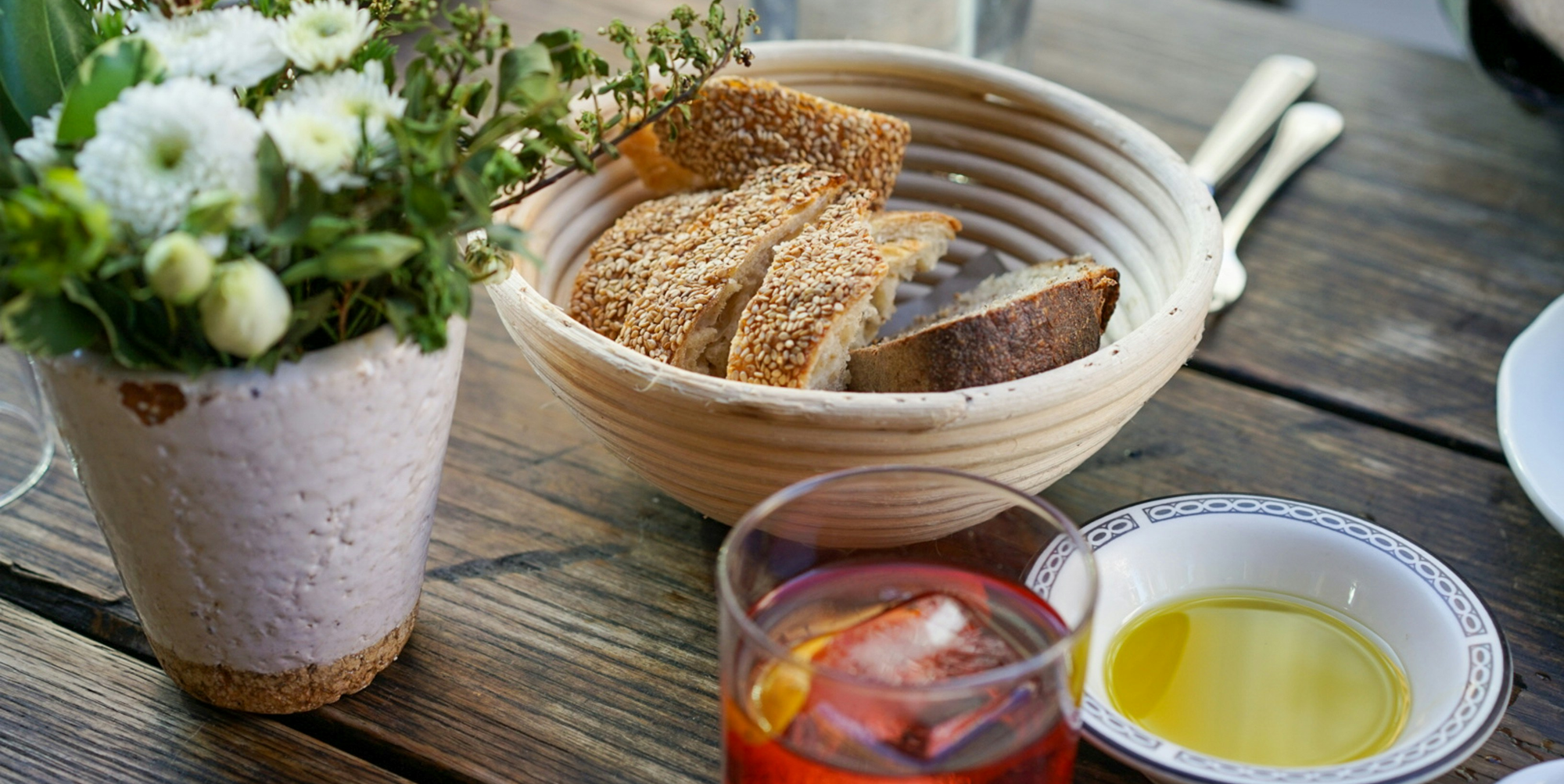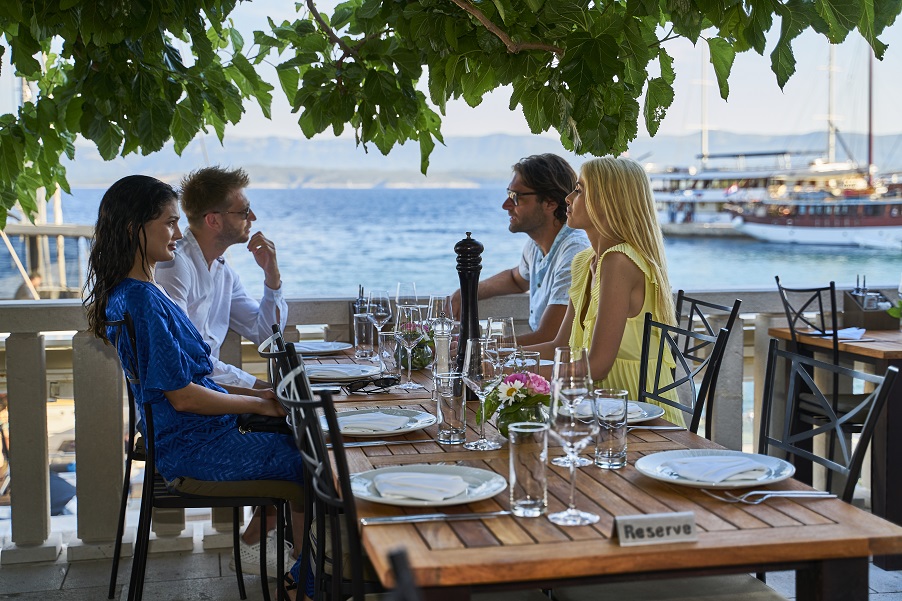The Tradition of Island Bread and Olive Oil

Summer is when the islands breathe with their fullest lungs – their beauty is best felt under the sun, the wind, and in the gentle hands of the sea that slowly reveals rocks, coves, and – what matters most to us – tables. Have you ever tried dipping bread into olive oil? For every sailor, curious traveler, or Mediterranean enthusiast, experiencing island bread together with golden olive oil and a few leaves of local herbs is not just a gastronomic moment. It is, in fact, a brief admission into a millennia-old club celebrating the life of the Adriatic. This story takes you among the scents and tastes of bread from the hearths of island houses, under salty breezes and in drops of oil that both locals and foreigners swear is the best "in the world."

Bread – History and Heritage of Island
On the islands, bread has never been just food. It is a symbol of community, prosperity, and survival. Generations have kneaded it in wooden troughs, shaped it with warm hands, and baked it in ovens made of local stone or under a peka – a heavy lid under which the whole house smells like home.
Every island has its style and recipe, but they all share the use of what is locally available: wheat flour, but also rye, barley, and even fig or chestnut flour on Corsica and other Mediterranean islands. On Cres and Lošinj, the story often ends with fig bread, while on Hvar, Brač, or Vis, traditional flatbreads and small loaves are a must at every celebration or Sunday table. In the past, bread was kneaded in large quantities, stored in wooden boxes or barrels, and its aroma was the first sign of a reunited family.

Island Bread Traditions and Customs
Island communities have developed customs over centuries where bread plays a central role, especially during holidays. On the island of Krk, there is a well-developed tradition of blessing bread and generously sharing the “big bread” with the poor, because at Easter, no one should go hungry, and the bread is wished a blessing. Similar traditions exist on virtually all Adriatic islands, where large flatbreads decorated with wreaths of local herbs carry the symbol of unity, happiness, and abundance.
Bread is often baked for major religious holidays, but also for family gatherings: births, baptisms, weddings. Besides white bread, special types are prepared, such as the sweet lumblija from Korčula (which even has a protected geographic origin label), pinca, small flatbreads, or various breads enriched with olive oil, spices, and sometimes a splash of homemade wine.
Adriatic Olive Oil – Liquid Gold
If bread is the soul of the island, olive oil is its pride. Dalmatia, and particularly its islands, is renowned for extra virgin olive oils whose aromas and flavors differ even from grove to grove. The Hvar oblica olive trees are over 2,000 years old, the fragrant levantinka from Vis, and the blends from Zadar have won numerous world medals. The best oils do not come from industrial farms, but from family-owned olive mills in rocky groves, where olives are handpicked and processed the same day.

Serving Bread with Olive Oil
The proper way to taste finally gives meaning to all those clouds of aromas, the texture of crispy crust, and the softness of the crumb that “absorbs” the oil. Bread straight from the old oven is often still warm, sliced thickly, and served with a small bowl of olive oil. Into the oil, depending on the island, crushed garlic, a pinch of sea salt, olives, capers, or fresh herbs such as rosemary, basil, oregano, and thyme are added.
You can toast the bread on the grill, soak it in oil where fish or prosciutto has been marinated, and sprinkle it with seasonal herbs. On Vis, bruschettas with olive oil and garlic are often served with marinated anchovies or ripe tomatoes. Hvar offers versions with figs or aromatic honey from local flowers. It’s always allowed to add local cheese, olives, and sun-dried tomatoes – for the full island experience.
Best Herbs and Additions
For an authentic island touch, reach for local herbs: rosemary, wormwood, thyme, bay leaf, basil, oregano. On Korčula and Pelješac, wild arugula is often used, on Cres and Lošinj, fragrant sprigs of sage and immortelle. Add sea salt flower from the Kvarner salt pans, several peppercorns, capers, and even finely chopped dried figs or pine nuts. In summer months, tomatoes, figs, and homemade ricotta will enrich the simplest bread and oil combination.

Island Bread and Olive Oil for Sailors
A nautical journey along the Adriatic is incomplete without stopping at a peaceful island village where a glass of sparkling Croatian wine is accompanied by a slice of warm bread and a shiny spoonful of olive oil. This simplicity – which demands top quality – makes the island table appealing to everyone. Many konobas offer creative olive oil tastings, often with peka flatbread, local cheese, and homemade prosciutto.
More and more young islanders combine tradition and innovation: baking bread from ancient grains (such as spelt and barley), shaping focaccias and flatbreads with olives, and offering diverse plates on restaurant menus composed of the best local bread, olive oil, and fresh herbs.
Island Flavors – A Lasting Memory
Local islanders proudly share family stories of bread and olives, often open their cellars and olive groves to guests, because bread and olive oil are not just a bite. They are histories, inheritances, and love woven into every grain and drop. For every sailor who wants to experience the Adriatic with heart and palate, there is no better way: seek out the best bread and oil, enjoy by the sea under the stars, and always, with a smile, ask for another piece of bread and a drop of oil to remember the summer by.
For those who want to taste, discover, or try making their version of island bread, a simple recipe awaits on every island. Flour, water, olives, spices – and lots of island love. Enough for a story, a tradition, and a memory that lasts far beyond the summer sail.
















